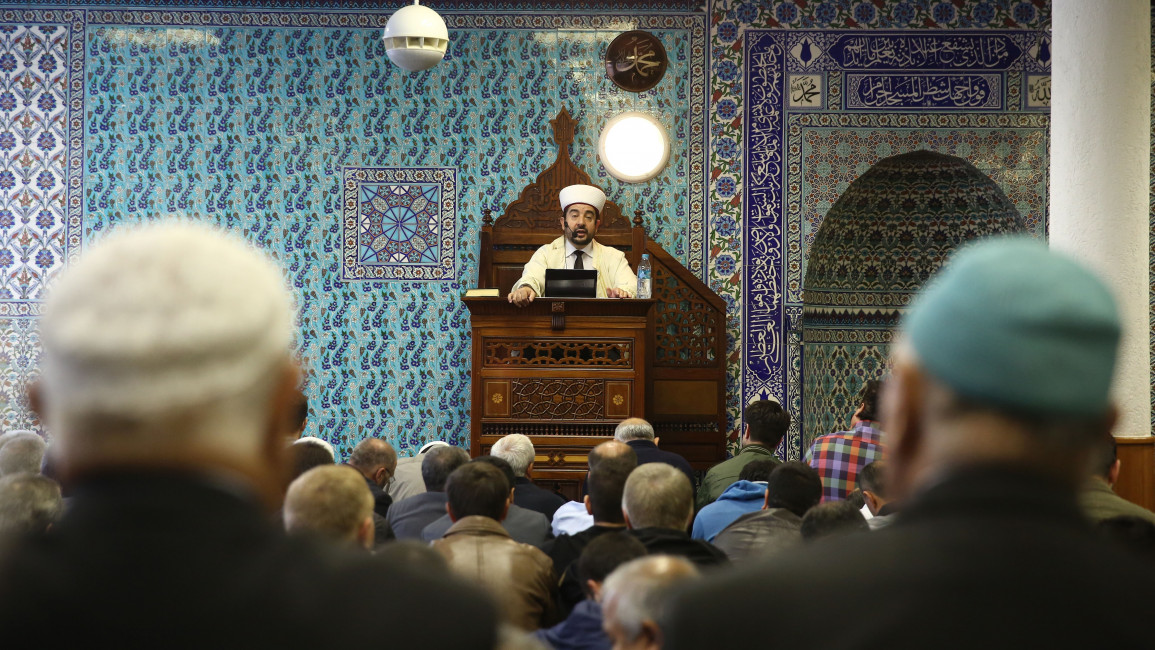
By AL ARABIYA WITH AGENCIES
 Millions of pilgrims arrived this week in Mecca for Islam’s annual Hajj (pilgrimage), which officially starts on Wednesday. Around four million pilgrims were heading to Mina, where they will spend their night before heading to the Mount of Arafat in the early hours of Thursday.
Millions of pilgrims arrived this week in Mecca for Islam’s annual Hajj (pilgrimage), which officially starts on Wednesday. Around four million pilgrims were heading to Mina, where they will spend their night before heading to the Mount of Arafat in the early hours of Thursday.
Many pilgrims began leaving for Mina on Tuesday night after circumambulating the Holy Kaaba, the first house of worship on Earth, built by Adam. Prophet Ibrahim and his son Ismail rebuilt it some 5,000 years ago. Most Hajj rituals are related to Prophet Ibrahim, his wife Hager and his son Prophet Ismail, and thus reflect the unity of humanity.
The Saudi government has given top priority to the security and safety of pilgrims and has deployed thousands of security forces in Mecca, Mina, Arafat and Muzdalifah, all cities within a radius of 10 kilometers, to ensure a safe and secure Hajj.
A statement by the Saudi Interior Ministry on Tuesday said that pilgrims were being transported to Mina smoothly without any obstacles, the official Saudi Press Agency reported.

The Grand Mosque, the focal point of the Islamic faith, was already teeming with joyful pilgrims at dawn on Monday, wearing the simple white folds of cloth prescribed for Hajj, many of them having slept on the white marble paving outside.
“I feel proud to be here because it’s a visual message that Muslims are united. People speaking in all kind of languages pray to the one God,” said Fahmi Mohammed al-Nemr, 52, from Egypt.
Hajj must be performed at least once in their lifetime by all Muslims capable of making the expensive, difficult journey, a duty that applies equally to Sunni and Shiite Muslims.
Saudi leaders have emphasized it is a strictly religious occasion and they are prepared to deal with any troublemaking.
Last year nearly 3 million pilgrims performed the Hajj, with roughly a third from inside the conservative kingdom. The Saudi authorities said there have so far been 1.7 million arrivals from abroad and about 200,000 from inside Saudi Arabia.
Mecca’s merchants, famed across the Arab world, are already doing a thriving trade as pilgrims stock up on souvenirs such as prayer beads and mats, Qurans, dates, gold and Zamzam water, pumped from a holy well.
“The first time I saw the Kaaba I cried with joy. I prayed for myself and all Muslims,” said Nafisa Rangrez, 36, from Gujarat in India, who had waited five years for a Hajj visa, according to Reuters.
All Muslims must face towards the Kaaba, the huge black cube at the center of the Grand Mosque, five times a day for prayer, making a visit to the sanctuary a powerful experience. Pilgrims must circle it seven times when they arrive in Mecca.
Wednesday is the first official day of the pilgrimage, with Muslims following a set form of rites laid out by the Prophet Mohammed and culminating on Friday with the Eid al-Adha (Feast of the Sacrifice), a holiday across the Islamic world.
“I would love to live here for the rest of my life. There’s no such place in the entire world. This is a blessed country,” said Ziad Adam, 23, a theology student from Kenya.
“It’s my first time in Mecca for pilgrimage. I can’t wait to pray in Arafat,” 32-year-old Koara Abdul Rahman, a businessman from Burkina Faso, told AFP.
“Right now, I’ve got all the good feelings you can think of,” said an Iranian pilgrim, her voice quivering and tears welling.
Saudi Arabia’s king is formally titled Custodian of the Two Holy Mosques and the ruling family has long reigned on its guardianship of Islam’s birthplace.
Over the past decade it has spent billions of dollars expanding the Grand Mosque and building new infrastructure to avert the stampedes and tent fires that marred past pilgrimages with hundreds of deaths.
In 2011, Saudi Arabia began the biggest expansion yet of the Grand Mosque, to increase its capacity to 2 million. A new railway will link the holy sites around Mecca.
This year alone, the kingdom spent more than 1.1 billion riyals ($293.3 million) on development projects in the holy sites of Mina, Arafat and Muzdalifah, all outside Mecca, according to AFP.

